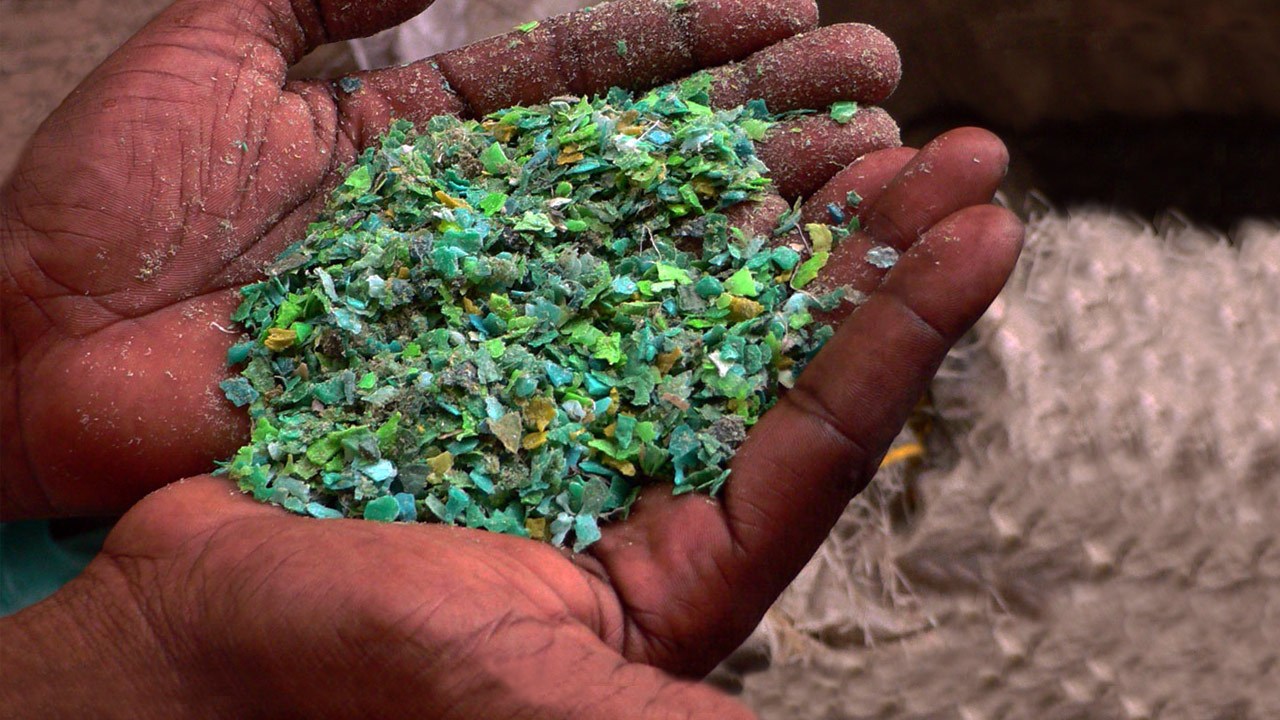Open for students and professionals of Mechanical, Industrial and Product Engineering. Send us an email to request the full assignment sheet via this link.
Past and current research:
2012 – 2013: Andrew Neylon, University of Limerick
2014 – 2015: Brian Davis, University of Limerick
2016 – 2017: John, Eddie, Alex & Dastan, Blekinge Inst. of Technology
The amount of waste plastic that can be found worldwide is gigantic. In developing countries plastic waste is thrown on the streets, in rivers, it clogs up the sewers and washes ashore on the beaches. In Delhi alone it is estimated that 1,5 million people live from collecting recyclables. Plastics however, generally have little value, and for rag pickers it is difficult to see the difference between certain types of plastics. Yet, the potential for transforming this type of waste into usable products is enormous.
It will be a viable solution if products can be made out of waste that can literally be found everywhere. Although we are able to recycle vast quantities of waste plastics into new products, the processes to do so are difficult. Plastics are made of many different chemical compositions, making it hard to combine them. Some are toxic and others may release fumes when heated or compressed. Transforming plastic pellets into household items is generally done in highly controlled manufacturing environments, with sophisticated and expensive machinery.
One approach is to compress the waste and then tie the bales of plastic with wire into building blocks. This way no heat is generated and no fumes are released. The finishing of the blocks however is very rough and the blocks are difficult to use for load bearing stacked walls.
Especially this aspect needs further research and development. Also it will be a challenge to have this system culturally excepted, but there is a lot of potential in this manually operated solution.


